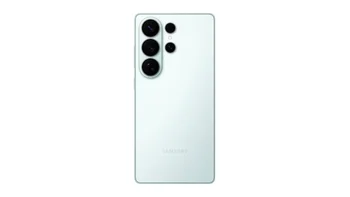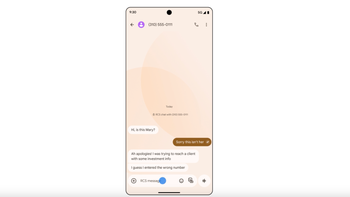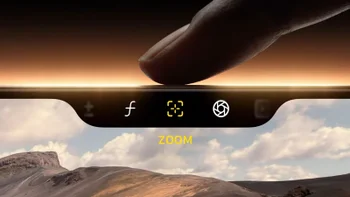The new Motorola Moto X has officially broken cover, and it’s an impressive overhaul over the original in both looks and performance power. It adds a metal frame, a larger and sharper, 5.2” 1080 x 1920-pixel display, and a powerful Snapdragon 801 system chip. One particularly interesting change in the new Moto X, however, is the camera.
Motorola has traditionally had a healthy partnership with OmniVision using the company’s camera sensors for the camera in the Moto X. The sensor in last year’s Moto X was the 10-megapixel OV10820, a 1/2.6” CMOS sensor, one of the largest on Android, falling back only to the Xperia Z sensors at the time. The original Moto X camera also used the new RGBC ‘Clear Pixel’ color filter that came with the promise of improving the low-light shooting performance. The difference with the standard Bayer RGBG filter is that instead of having two green pixels, it only had one green and the fourth one in the array was a clear one that would capture more light information. Problem is, the camera did not really perform as well as expected - it was plagued with severe issues at launch, and only about a month after the launch, Motorola pushed an update to fix the situation.
Notice the new ring diffuser and dual LED flash
This might have been one of the reasons why the new Moto X ditches the OmniVision sensor and goes with a Sony-made one. It uses the 13-megapixel 1/3.06” Sony IMX135, one of the most popular sensors out there that is also used on devices like the LG G3, LG G2, and the Samsung Galaxy S4. It is noticeably smaller than the previously used OmniVision one, but has a higher resolution. Naturally, this translates into tinier, 1.1µ pixels, smaller than the 1.4µ on last year’s Moto X. Is this a worthy trade-off? We have already seen that pixels of such a small scale are not the ideal solution for night shots where images often pick up more noise, but we’re yet to analyze the new Moto X camera samples in our detailed review that’s coming up.
Turning to the optics side of things, we had an f/2.4 lens with a 30mm (in 35mm equivalent terms) lens. The new Moto X moves to a wider aperture of f/2.25, and as you probably know, a wider aperture allows for more light to pass to the sensor and results in lighter images. Focal length remains nearly the same at 29.4mm on the new Moto flagship.
It's also worth paying more attention to the dual LED flash that is hiding behind a ring-shaped diffusing glass, which makes for a softer, more pleasing light. This is an intentional touch of course: when the two LED torches fire, the light it dispersed alongside the ring and it comes out more even, softer. We're yet to give it a more detailed test and see whether it brings any tangible difference, so stay tuned.
With all those technicalities aside, it’s time to take a look at the actual performance of the camera of the new Moto X. Take a look at some new daytime camera samples from different sources in the first slideshow, and in the second one, you can also compare with our own night time samples. How do you like what you see?
Moto X's new ring flash, animation courtesy of TheVerge"
Read the latest from Victor Hristov
















Things that are NOT allowed:
To help keep our community safe and free from spam, we apply temporary limits to newly created accounts: